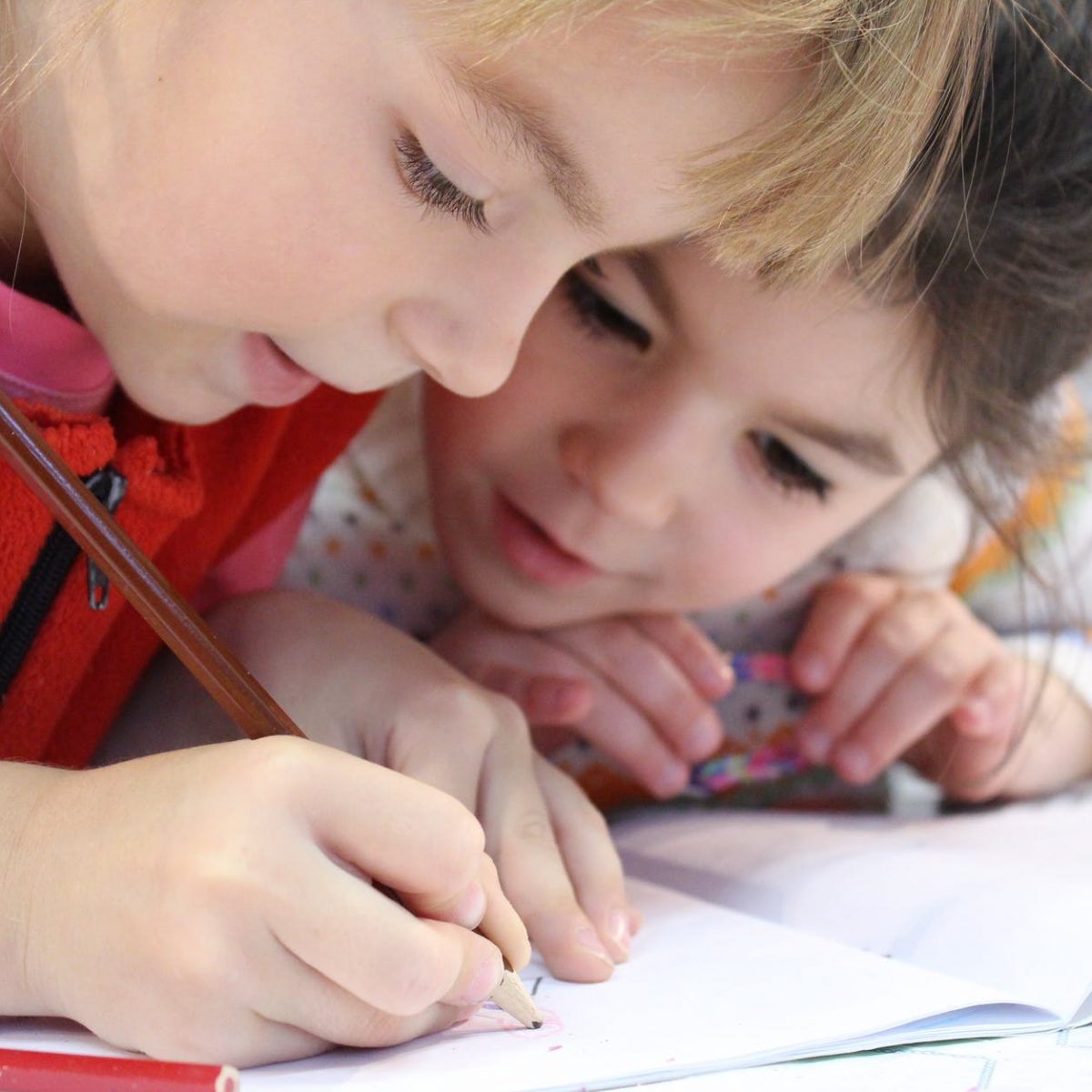School to restart in person January 17th
Return to In‐Person Learning
- Since the start of the pandemic, the government has put a number of measures in place, guided by the advice of Ontario’s Chief Medical Officer of Health and other health experts.
- On January 3, 2022, the government of Ontario announced a range of time‐limited public health actions to help curb the spread of COVID‐19 Omicron variant in Ontario.
- As part of this announcement, students at all publicly funded and private schools were asked pivot to teacher‐led remote learning as of January 5, until January 17, subject to public health trends and operational considerations.
- A return to in‐person learning on January 17, 2022 will support students with their mental health and on‐going learning and development.
Recent Measures and Investments: Overview
- Reopening schools for in‐person learning is supported by recent investments and a broad range of health and safety measures, including:
- Updated and more sensitive screening requirements to help limit the spread of COVID‐19 for daily active screening.
- Providing more than 10 million optional non‐fit‐tested N95 masks to all education and child care staff and more than 4 million high quality three ply masks for students; regular shipments to replenish masks.
- Ventilation improvement measures at every school across Ontario, including more than 70,000 HEPA filter units and other ventilation devices already deployed to schools and deployment of 3,000 additional standalone HEPA filters for schools.
- Access for school boards to $1.6 billion in resources to protect against COVID‐ 19, with approximately 2,350 projected additional staff to be hired, including for example educators, custodians and mental health workers.
- New time‐limited cohorting protocols and other restrictions, including on lunchtimes and recess, high contact sports and some extra curriculars, etc.
Recent Measures and Investments: Ventilation
- Acting on the advice of medical and public health experts and supported by $600 million in funding to improve ventilation and filtration in schools:
- 100% of public school ventilation systems assessed
- 99% using higher grade filters (MERV‐13 where possible) and/or more frequent filter changes*
- 99% running ventilation systems longer*
- 99% increased fresh air intake*
- Over 70,000 standalone HEPA filter units and other ventilation devices in schools, with an additional 3,000 HEPA units being deployed:
- HEPA units required in every occupied kindergarten class and in all occupied learning spaces without mechanical ventilation, incl. classrooms, gyms, libraries, lunchrooms, childcare spaces, admin spaces + portables with no or poor mechanical ventilation
- Additional units deployed by boards in school learning environments in a manner that maximizes their benefit and minimizes overall transmission risks
- All school boards have publicly posted standardized ventilation measures reports.
- 2,052 ventilation projects undertaken in over 1,670 schools and co‐located childcare facilities through COVID‐19 Resilience Infrastructure Stream of the Investing in Canada Infrastructure Program.
Additional projects continue to be undertaken by boards using annual provincial school renewal funding
New Measures to Support Reopening
Vaccination for Staff and Students
- Vaccination is the province’s best defence against the highly transmissible Omicron variant.
- The province recently announced several ways that education and child care staff can access vaccines, including dedicated vaccination clinics. These clinics are in addition to planned access points implemented by PHUs across the province.
- Public health units and school boards are working together to put in place school‐ based vaccination clinics for students, targeting the 5‐11 age cohort.
- School‐based vaccination clinics may operate before, during and after school hours to make access vaccines convenient for children and families.
- Planning underway involves:
- Identifying locations to optimize uptake
- Ensuring spaces are safe and accessible
- Distributing information resources to families
- Public health units and school boards are also collaborating to ensure parental consent is in place to support immunization of 5‐11 year olds.
Testing
- Beginning the week of January 17, 2022, rapid antigen tests will be provided starting with staff in child care and public schools, children in child care settings, and students in public elementary schools, followed by secondary students.
- 2 tests will be provided per staff/student aligned with screening guidance for symptomatic individuals.
Reporting/Monitoring COVID‐19 Impacts in Schools
- As announced on December 30, 2021, testing and case and contact management are now focused on the highest risk settings. Isolation requirements for individuals with COVID‐19 symptoms have also changed.
- As with other jurisdictions, including BC, Alberta and Quebec, Ontario is updating its reporting approach for schools.
- New protocols to monitor the impact of COVID‐19 in our schools, including student and staff absenteeism and school closures.
- Protocols for schools (and child care) to report absenteeism to local PHUs to support communication to school community and include reminders on infection prevention and control measures.
Addressing Anticipated Staff Absenteeism
- Introducing new measures to enhance staff capacity and address expected staff absenteeism:
- As announced on January 10th, 2022, the Ministry has temporarily increased the 50‐day re‐employment rule to 95 days for retired teachers, principals, and vice principals in the public school system to work for an extended period.
- Expansion of the use of Temporary Certificates to a new cohort of Ontario teacher candidates and clarifying requirements to allow additional first‐ and second‐year teacher candidates to become eligible to help provide temporary staffing stabilization in our schools.
- Alternatives for school boards to minimize school closures, including rotating/ planned remote days if needed and combining classes/assigning students to different classes, respecting class sizes.





